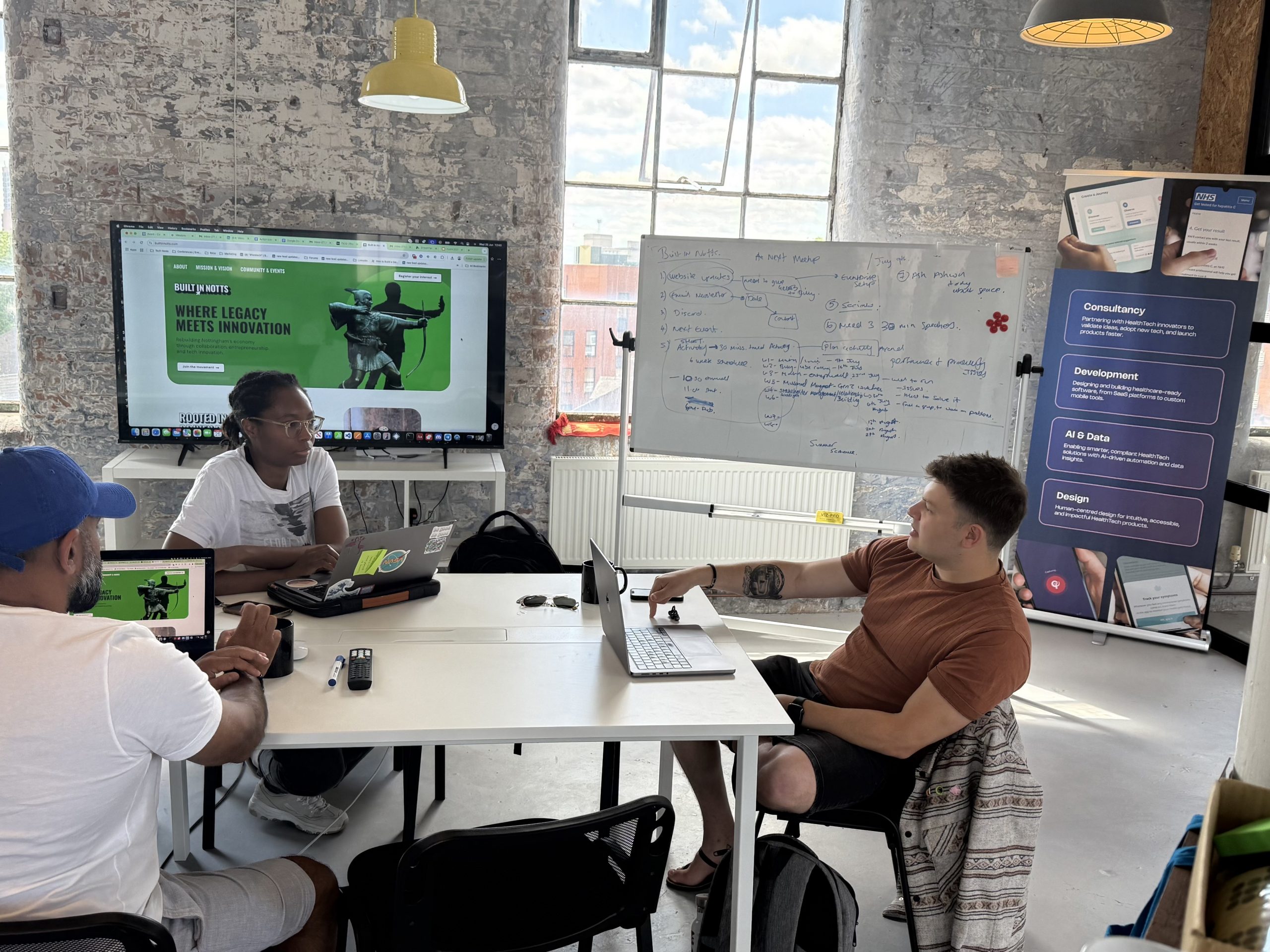Startups have long been judged by how much they raise. Big rounds, flashy valuations and aggressive burn rates were once seen as signs of success, but the narrative is shifting and fast.
Today’s smartest founders are less focused on how much capital they can raise and more on how far they can go without it.
Welcome to the era of capital efficiency.
The myth of more funding = more success
Late-stage funding can be a trap because once you raise a large round, you’re committing to a trajectory that often demands exponential growth with fast hiring and aggressive market expansion.
That comes with trade-offs:
– You lose optionality.
– You face higher expectations from investors.
– You risk building for optics, not outcomes.
And if the growth doesn’t come? You’re left with a burn rate that doesn’t match your revenue and tough decisions on the horizon.
What capital efficiency actually means
Capital efficiency isn’t about being frugal or risk-averse. It’s about building in a way that prioritises resilience, control and sustainable growth.
It’s asking:
– How much revenue can we generate from this capital?
– Can we extend our runway without compromising quality?
– Are we solving real problems that customers will pay for?
In this model every pound or dollar raised is used with intention. Teams stay lean, systems stay focused and product decisions are led by users not pitch decks.
The advantages of staying efficient
- More control – Without constant fundraising pressure founders can make clearer long-term decisions.
- Better alignment – Products are shaped by customer feedback not investor mandates.
- Stronger teams – Smaller more focused teams often move faster and with more cohesion.
- Optionality – You can choose to raise later from a position of strength—not necessity.
This doesn’t mean never raising again, but it means raising because it unlocks something strategic not just to keep the lights on.
What late-stage funding is still good for
There are moments when larger rounds make sense:
– Expanding into regulated markets
– Building complex infrastructure
– Acquiring companies or entering capital-intensive verticals
But even in those cases, efficiency first gives you leverage. Investors are more willing to bet big on startups that prove they can do a lot with a little.
Real-world wins for capital efficiency
Zoho, the Indian SaaS company, has remained mostly bootstrapped since day one. In 2024 it passed $1 billion in revenue, without ever relying on VC cash. It built slowly, intentionally and profitably, going head-to-head with heavily funded giants like Salesforce.
Basecamp has been making this case for years. Jason Fried and David Heinemeier Hansson built a product-led business that stayed profitable and independent. Their message? Build for users, not investors.
Notion raised big in 2022 but stayed lean. In 2025 it continues to generate strong revenue with a small team, using product-led growth and disciplined capital use. The focus has been on margins not media buzz.
Even startups like ConvertKit which raised just $10M after years of bootstrapping did so with a clear plan—invest in product, not headcount. Its founder Nathan Barry called it “a strategic use of capital not a lifeline.”
Contrast this with Fast, the startup that raised $120M and burned through it in under two years. It shut down in 2022 having prioritised rapid expansion over sustainable growth.
And then there’s WeWork, a symbol of what happens when capital runs ahead of fundamentals. With more than $12B raised and little to show for it, its collapse in 2023 was a cautionary tale for the entire startup world.
The current climate
Global VC funding dropped by 30% from 2022 levels according to PitchBook’s 2024 report. Founders today are being pushed to think about profitability earlier. X is full of founders in 2025 talking about staying lean, raising smaller rounds or avoiding funding altogether.
Capital efficiency isn’t just a response to tougher markets, it’s a smarter way to build. The founders who master this aren’t anti-VC, they’re pro-sustainability.
They’re not avoiding late-stage funding, they’re earning the right to choose it.
If you want to build something that lasts, don’t just raise capital.
Raise your standards for how it’s used.





